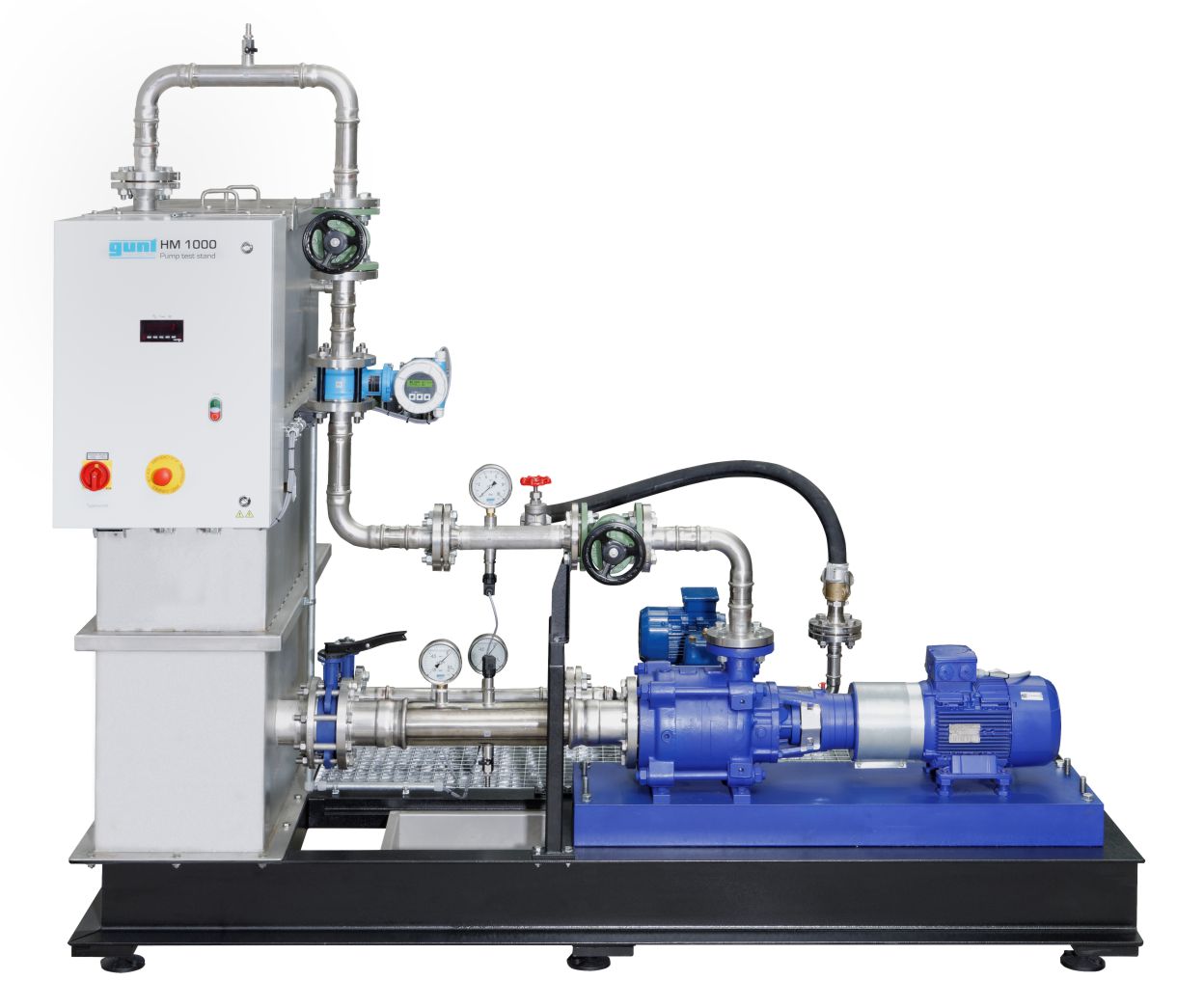MPTR
MPTR
Main Process Training Rig


The training rig is based entirely on industrial technologies. It presents a complex project task for training of piping and plant fitters as well as for maintenance technicians. Mechanical, electrical and hydraulic topics can be covered with this rig.
The rig consists of two units:
-
Unit 1: Flow control and level control
-
Unit 2: Flow control, level control and temperature control
The units work independently of each other. Each unit contains a complete process circuit with pumps, tanks and pipe work including a variety of valves, fittings and measuring instruments. Typical industrial components such as heat exchangers, filters and heaters are also included. Thereby a realistic industrial situation is created.

Unit 1: Flow control and level control
Unit 1 consists of a cold water circuit with two tanks, two pumps and three filter units. The system includes flow control in the water circuit as well as level control for the upper water tank. The entire process can be grouped into 7 subsystems (stations).

Unit 2: Flow control, level control and temperature control
Unit 2 consists of a hot water circuit with two tanks. The water in the lower tank is heated using an electrical heater. An electric stirrer gives a homogeneous temperature distribution in the tank. The pumps in the water circuit are interchangeable. A piston pump, an in-line centrifugal pump and a side channel pump can be fitted. Connection is made by flexible hoses. A compression refrigeration plant and a heat exchanger supply cooling of the circulating water.
The system includes flow control and temperature control in the water circuit, level control for the upper water tank and temperature control for the lower water tank.
The entire process can be grouped into 6 subsystems (stations).
Learning objectives

Main learning objectives are the operation and the maintenance of the components and their interaction for both units. The operation includes also several control loops: for temperature, level and flow. Specific learning objectives and experiments are e.g.:
- filling and bleeding pumps and suction pipes
- turning pumps on and off
- operating pumps in series or parallel
- setting parameters and configurating electronic controllers
- control loops for level, flow rate and temperature
- measuring pressure loss over a pipe section

- assembly and disassembly of pipe components such as valves, pipes, measurement instruments and pumps
- bypass circuits for components
- fault finding at pipe components and instrumentation
- maintenance of pumps and other parts
- monitoring the operation
- identifying and rectifying malfunctions
- reading and understanding process schematics

The maintenance of the pumps can be investigated in further details in association with HM 1000 Pump test stand. The pumps can be disassembled and tested separately. The characteristic curves can be recorded and the correct function of the pumps can be confirmed.
Download




